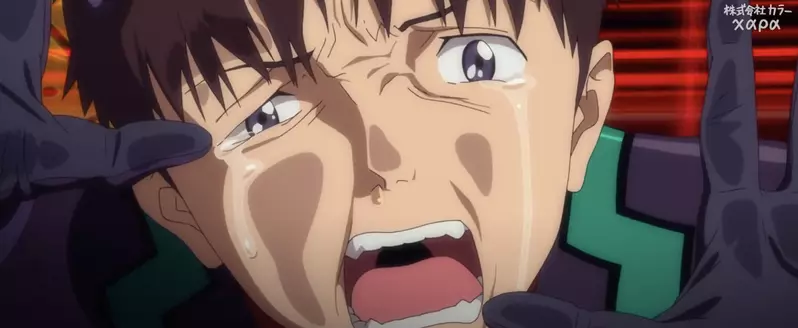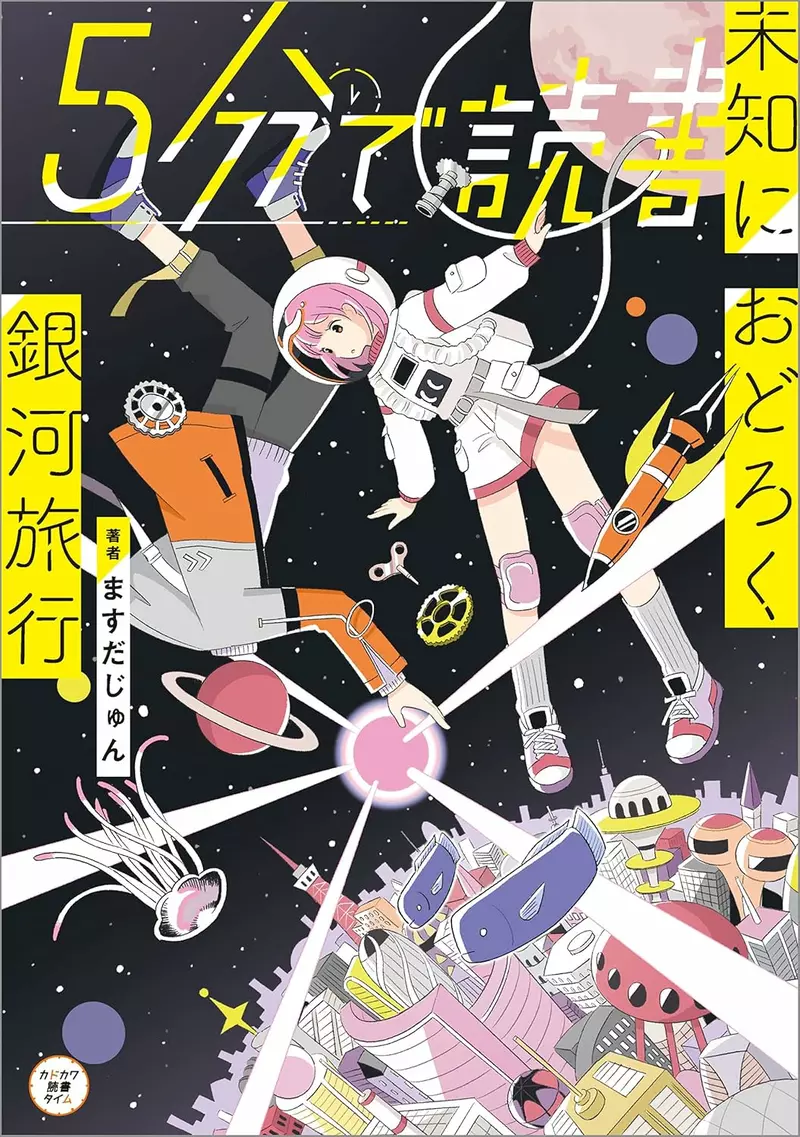The Invincible Debate Method of Gospel Warriors in the New Century: The Mystery of Reference and Plagiarism
The TV anime “Evangelion of the New Century” (EVA), which premiered in 1995, achieved great success upon its release, and subsequent sequels and related derivative works also sparked waves of enthusiasm, making it an immortal figure in the history of animation. As a result, the high status of this work in the hearts of fans often leads to controversies over whether subsequent works plagiarize or pay tribute to EVA.

Even if some works do not involve any elements of EVA, they will still be labeled as “anti EVA works”. Regardless, whether the work resembles EVA or not will always be related by people. Let’s take a look at the recent discussions among Japanese netizens about this “invincible EVA argumentation method”.
In the midst of contradictions, the shadow of EVA
A Japanese writer named “ますだじゅん” shared a past as a fan of “Neon Genesis Evangelion”, which he called the “invincible EVA argumentation method”. At that time, he seemed to always see the shadow of EVA when watching any work. If a work is found to have similarities with EVA, he immediately concludes that it plagiarized EVA. And if a work doesn’t look like EVA at all, he will think it’s intentionally “anti EVA”.

This stubborn logic always links the work to EVA, no matter what. すだじゅん self mockingly referred to this phenomenon as “EVA poisoning” and deeply reflected on his past behavior, realizing that the reason why this method of argumentation is invincible is simply because others are too lazy to argue with him.

Masonju’s works》
Discussion among netizens triggered by argumentation method
This “invincible EVA argumentation method” immediately sparked widespread discussion among Japanese netizens, who expressed their views on this phenomenon.
A netizen said, “This kind of argument method that always involves EVA is really annoying. Please don’t do it again

This statement expresses the dissatisfaction of many people with this rampant comparison method.
Another netizen believes, “Although that’s the case, there are still many works that deliberately imitate EVA. After all, EVA does have a lasting influence on future works, even now. Therefore, using this method of argumentation is helpless

Another netizen pointed out, “Because too many works have been influenced by EVA, it ultimately evolved into this invincible argumentation method

The subtle relationship between EVA and other works
Many people believe that EVA itself is a work that blends multiple elements, and even if the production team deliberately avoids EVA, it is likely to have similarities with EVA in other elements. A netizen commented, ‘Ultimately, EVA is a work that integrates many elements.’. So even if one deliberately avoids EVA, they will still collide with EVA in other elements

In addition, some people believe that it is difficult to judge whether this situation is simply influenced by EVA or if the production team originally intended to imitate EVA. This boundary is really difficult to distinguish

Some netizens also shared their experiences watching certain non EVA works: “Sometimes, just because I like the settings in the works, I am called copying EVA or anti EVA

Someone also mentioned, “One of the reasons why I like ‘Mobile Battleship’ is that it doesn’t look like EVA, but I can’t think that this work is’ anti EVA ‘

A netizen cleverly pointed out, “Isn’t this just the same argument method used in the past for ‘copying the mound to treat insects’ and’ using the mound to treat insects’

Although “Evangelion of the New Century” does hold a significant position in the history of animation and has influenced many subsequent works, it is clearly inappropriate to attribute all works to reference or opposition to it. Each work has its unique connotation and creative background. Respecting the originality of the creator and accepting diverse works with tolerance may be the attitude we should hold. I hope this rigid “invincible EVA argumentation method” can gradually disappear, allowing original works to have more pure display space.
 Go Tokyo Your Experience
Go Tokyo Your Experience